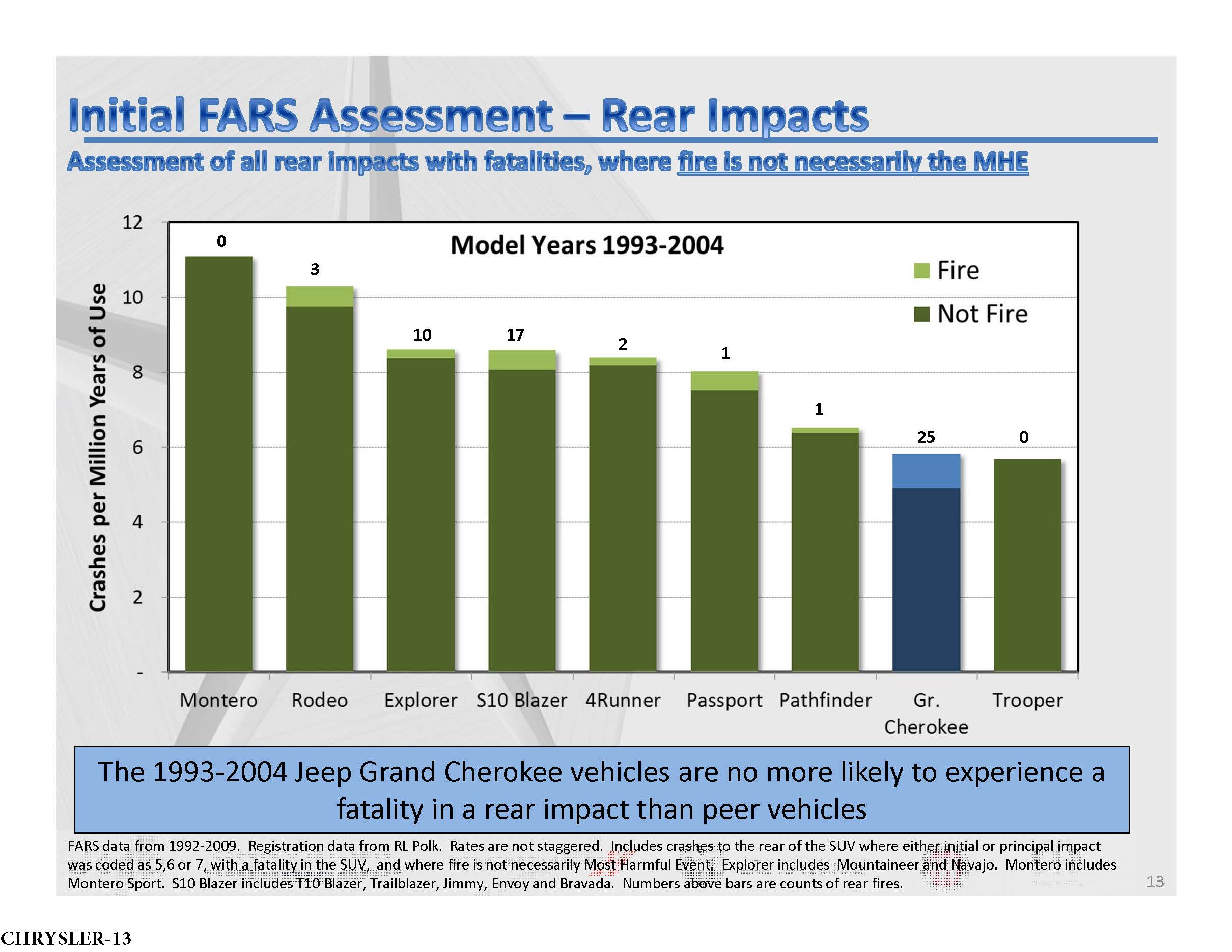T-Minus three and counting before the rollercoaster ride that is the tenure of Department of Transportation Secretary Ray LaHood careens to a stop. But, not before he did one last handstand for the crowd.
With the National Highway Traffic Safety Administration and Chrysler on a collision course over a recall to remedy the aft-of-the axle fuel tank design of the early model Jeep Grand Cherokees and some Jeep Liberty SUVs that is prone to explode into flames in a rear impact, LaHood, donned his super-hero tights and flew to what he imagined to be the rescue.
Now, most backroom deals attempt to stay on the QT. But, Ray LaHood, never one to miss an opportunity to pat himself on the back, could not be silent. He gave David Shepardson of The Detroit News the scoop: Six days before Chrysler would have to formally respond to NHTSA’s request that Chrysler recall 2.7 million 1994-2004 Jeep Grand Cherokees and 2002-2007 Jeep Liberty SUVs, Ray got Chrysler Group CEO Sergio Marchionne on the blower and said something like, “Look here, old man, no one takes safety more seriously than Ray LaHood and we’ve got to figure this Jeep thing out!”
Chrysler had heretofore demonstrated a very public unwillingness to recall those Jeep models, based on a shaky statistical analysis that threw every model on the wall it could think of to make the pre-2005 Jeep Grand Cherokee (before they moved the tank) look not-so-horrible. On June 9, LaHood drove from his home in Peoria, Ill; Marchionne flew in from Italy and David Strickland, ever playing Jimmy Olsen to LaHood’s Superman, flew from D.C. to Chicago. The trio converged at the Federal Aviation Administration building at O’Hare Airport for a “tough, hour-long ‘frank’ meeting,” according to Shepardson’s story.
As reported by Shepardson, Marchionne dispatched some engineers the next day to D.C. to come up with “the outlines” of a remedy with NHTSA. In public, the confrontation appeared to build, encouraged by business and auto journalists who seemed excited by the prospect of Chrysler sticking its finger in the government’s eye. Just as the showdown drew nigh, the automaker announced that it would implement a “voluntary campaign” to add trailer hitches to some older models.
Ray could not contain his enthusiasm for the remedy: Continue reading
